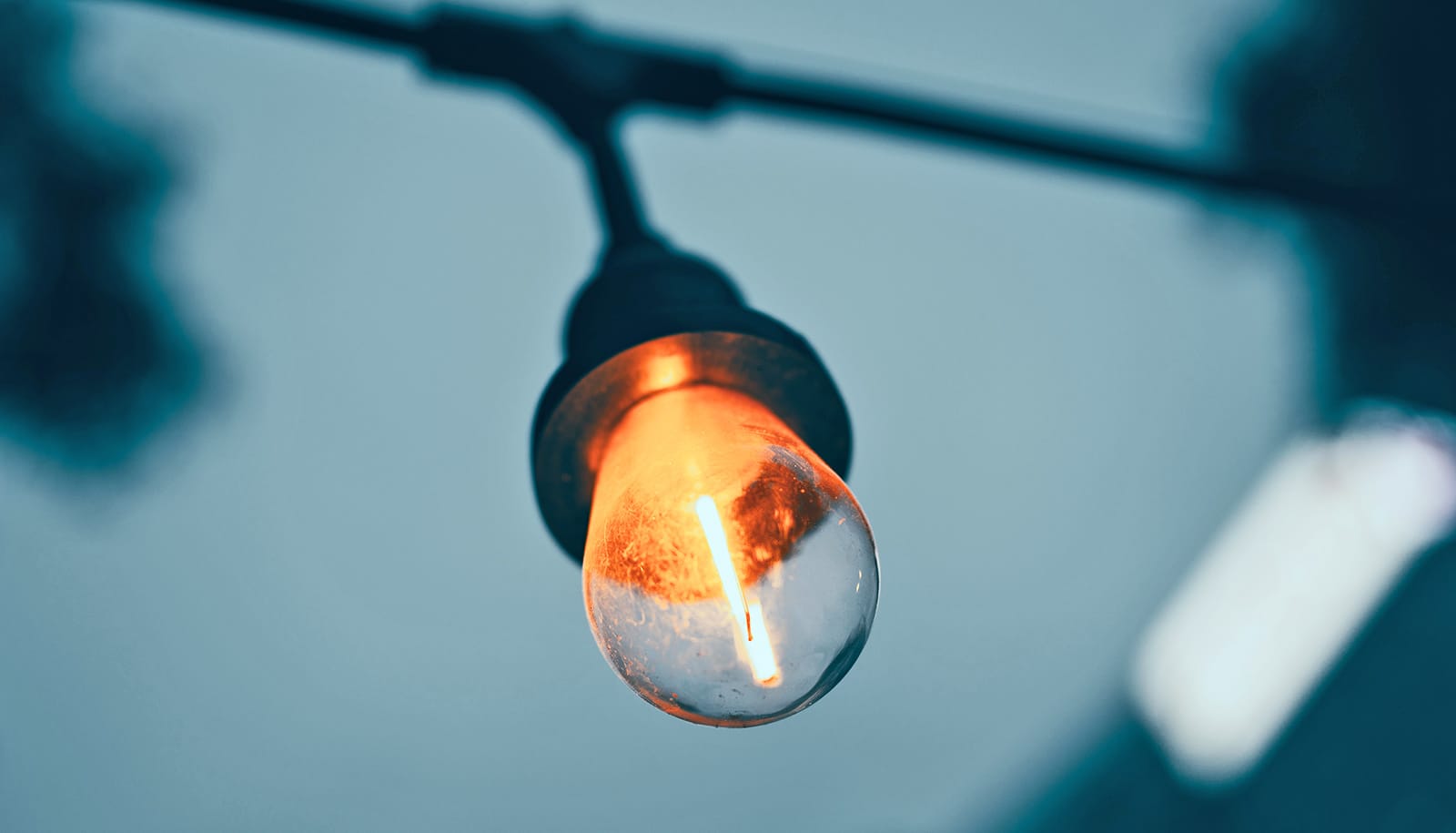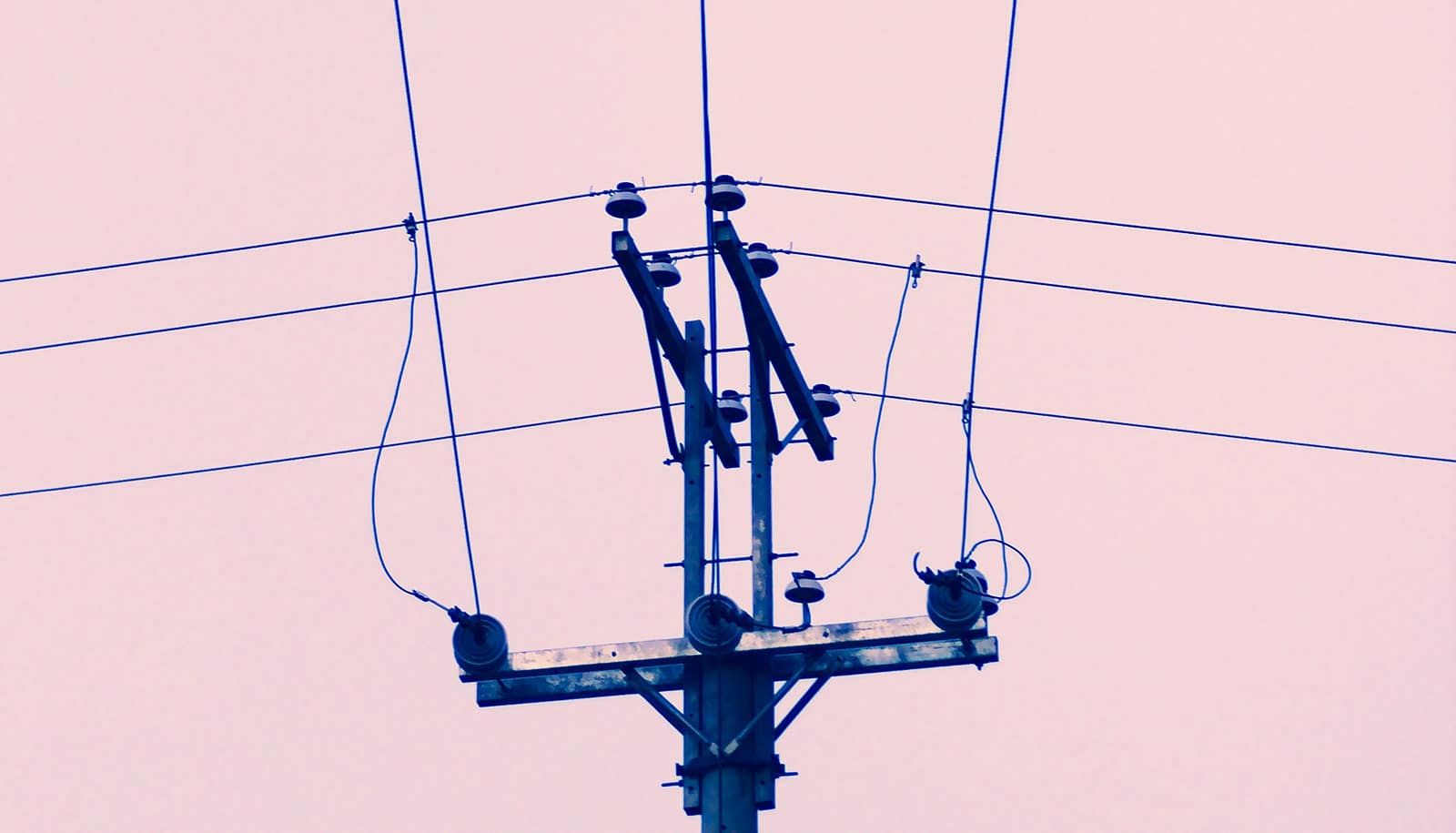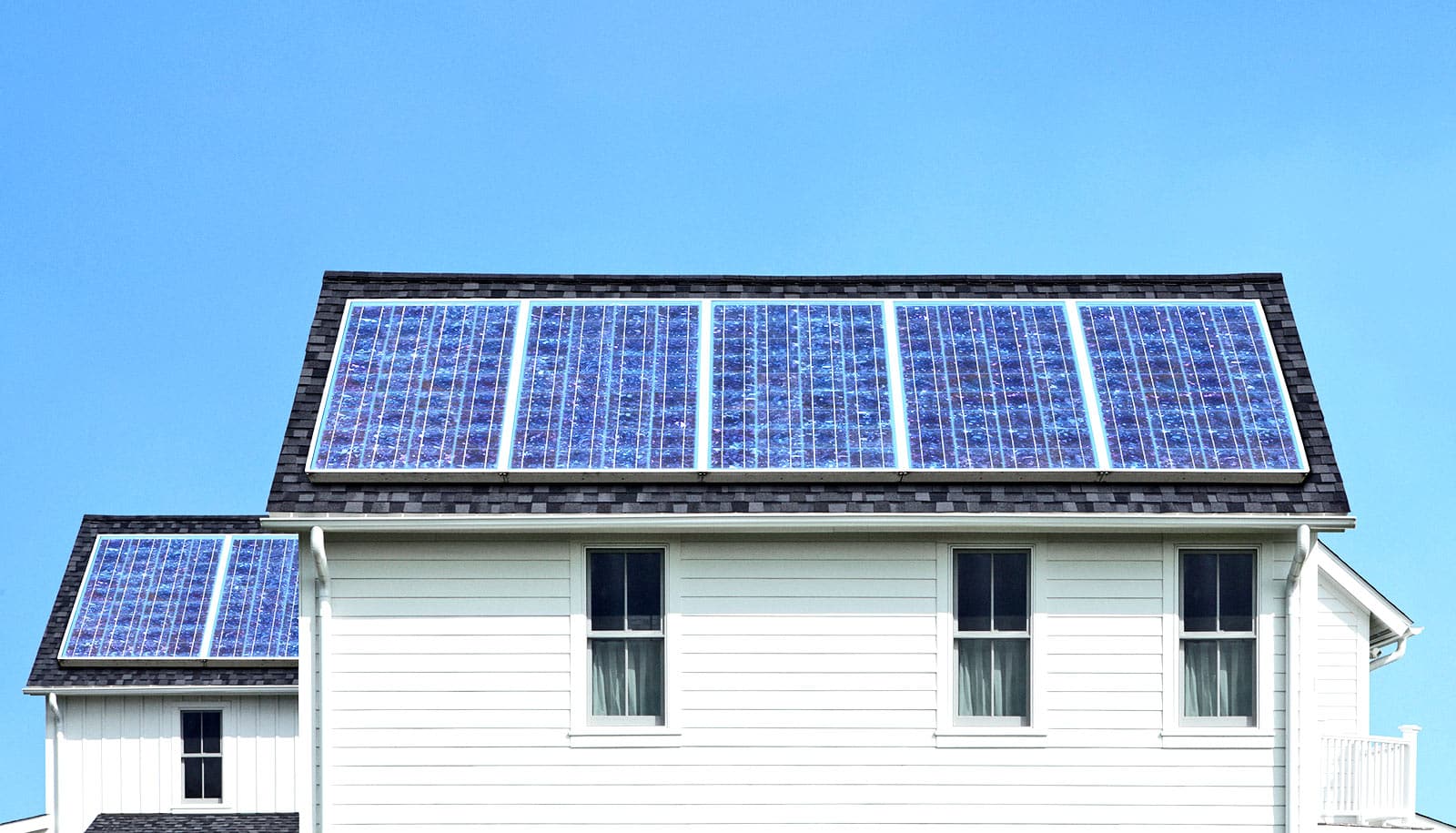Researchers have developed an artificial intelligence model designed to help electrical grids prevent power outages by automatically rerouting electricity in milliseconds.
The approach is an early example of “self-healing grid” technology, which uses AI to detect and repair problems such as outages autonomously and without human intervention when issues occur, such as storm-damaged power lines.
While further research is needed before the system can be implemented and scaled to real-world power grids, it is nonetheless an exciting development for the nation’s beleaguered power grid, researchers say.
“Power grids across the world are being challenged by the growing number of extreme weather events, the likelihood of cyberattacks, and projected increases in demand,” says co-corresponding author Souma Chowdhury, associate professor in the University at Buffalo’s mechanical and aerospace engineering department.
“Therefore, it is imperative that we develop tools that modernize the system and make it more resilient against future power outages.”
Chowdhury is codirector of the Center for Embodied Autonomy and Robotics (CEAR).
The North American grid is an extensive, complex network of transmission and distribution lines, generation facilities, and transformers that distributes electricity from power sources to consumers.
Using various scenarios in test networks, the research team demonstrated that its solution can automatically identify alternative routes to transfer electricity to users before an outage occurs. Once trained, AI has the advantage of speed: The system can automatically reroute electrical flow in microseconds, while current processes involving classical engineering techniques—or human intervention—to determine alternate paths could take from minutes to hours.
“Our goal is to find the optimal path to send power to the majority of users as quickly as possible,” says co-corresponding author Jie Zhang, associate professor of mechanical engineering in the Erik Jonsson School of Engineering and Computer Science at UT Dallas.
To map the complex relationships between entities that make up a power distribution network, the research team used algorithms that apply machine learning to graphs. Graph machine learning in this context involves describing a network’s topology, the way the various components are arranged in relation to, or in connection to, each other and how electricity moves through the system.
The team also relied on reinforcement learning—where a virtual agent is deployed usually in a simulation environment of the real problem—to systematically play out scenarios and progressively learn from this experience. An example of knowledge gained from such experience would be if electricity is blocked due to line faults. The system would then be able to reconfigure using switches and draw power from available sources in close proximity, such as from large-scale solar panels or batteries on a university campus or business.
“These are decisions that the model can make almost instantaneously, which in turn has the potential to eliminate or greatly reduce the severity of power outages,” says co-first author Steve Paul, who worked on the project while earning a PhD earlier this year. Paul is now a postdoctoral scholar at the University of Connecticut.
After focusing on preventing outages, the researchers now aim to develop similar technology to repair and restore the grid following a power disruption, such as one caused by a natural hazard.
The research appears in Nature Communications.
Additional coauthors are from the University of Texas at Dallas.
Support for the work came from the US Office of Naval Research and the National Science Foundation.
Source: University at Buffalo



